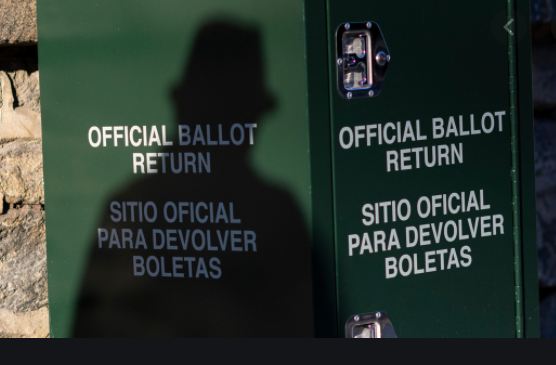


How to Spot (and Fight) Election Misinformation
From Cynthia Gordy Giwa, writing for ProPublica…
Disinformation is deliberately created with the intent to cause harm, while misinformation is incorrect information shared by people who believe it to be true.
In 2020, dis- and misinformation about voting are very common online, especially about mail-in and in-person voting.
Fabricated content usually tries to play to your emotions. Always double-check images and news articles before you react or share them.
There’s an important pitfall to look out for this election season: misinformation. This kind of stuff shows up in the form of Facebook pages impersonating candidates, sketchy digital campaign ads and fabricated news content designed to deceive. Each and every piece of misinformation can have major consequences.
Perhaps you’ll recall, a year and a half after President Donald Trump was elected, Democrats on the House Intelligence Committee released thousands of Facebook and Instagram ads placed by Russian operatives to interfere in the 2016 election.Email address
To better understand the universe of misleading political information, and how to know it when you see it, we talked to Claire Wardle, executive director of First Draft News, an organization of social newsgathering and verification specialists dedicated to fighting mis- and disinformation online. (First Draft is also a partner in ProPublica’s Electionland project, helping us search the internet for content that could interfere with people’s voting!)
What Are the Different Kinds of False Information Online?
For the rest, click here.